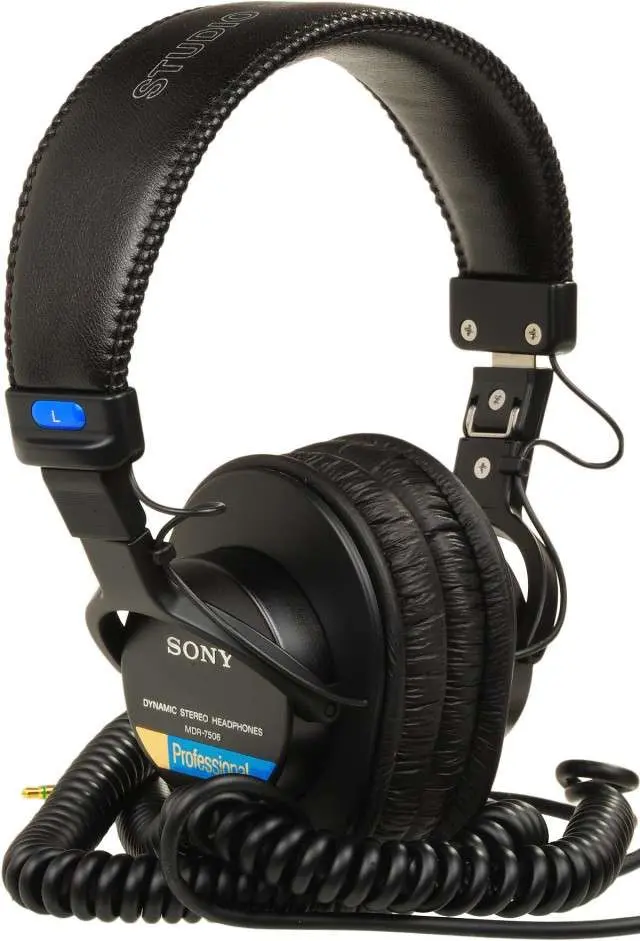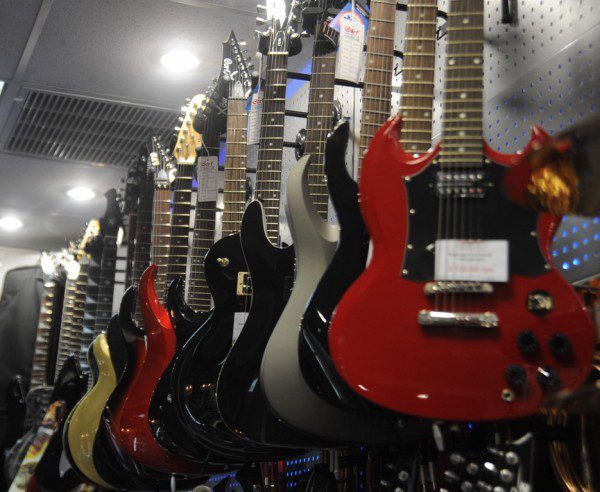
Choosing an electric guitar – what to look for
Buying a new instrument is one of the most important times in a guitarist’s musical life. A guitar is not a cheap pleasure. It will serve you for many years. Therefore, you need to approach your choice especially carefully. In this article we will look at what characteristics you should pay attention to and how they will affect the sound of an electric guitar.

Hull shape
Let’s start with what catches your eye first – the type of case. The sound does not depend on it, but the convenience of the game does. Maybe, Flying V or Randy Rhoads They look cool, but playing on it while sitting is not very comfortable. Decide why you need the tool.

For stage performances? Then you can move convenience to the background and think about your image. For rehearsals, home practice and recording? Comfort and sound come first.
The most universal form is Stratocaster. It is comfortable to play both standing and sitting. It fits perfectly into the style of any direction – from neoclassical to Black Metal. And there is always plenty to choose from. Every manufacturer has a line of such guitars. If you are choosing your first instrument, don’t hesitate, take a Stratocaster.

Electric guitar material
First of all, the sound of a guitar depends on the wood from which it is made. Each type of wood has not only a unique appearance, but also its own “voice”. The weight of the tool and its price also depend on the material.

- Alder (Age) – the most common material. Light wood with balanced sound at all frequencies. An ideal choice for those who have not decided on a style.
- Poplar (Poplar) – similar in characteristics to alder, but much lighter.
- Linden (Basswood) – gives a very bright lower mids. Great for heavy music.
- Ash (Ash) – heavy wood. Gives bright upper mids and highs sustain (duration of the note). Good for blues, jazz and funk.
- Maple (Maple) – heavy material with good “tops”, but weak “bottoms”. Has the highest sustain.
- Red tree (Mahogany) – an expensive heavy wood, much loved by Gibson. Gives amazing mids, but a bit weak highs.
The soundboard (body) affects the sound the most. The material of the neck and fretboard also makes its contribution, but it is very insignificant. Beginning musicians can ignore this.
Neck attachment
Duration of a note – sustain – a very important characteristic for an electric guitar. Especially if you are going to work closely with bends and vibrato. Rapid sound decay can really ruin your music.
This indicator directly depends on the junction of the neck with the body of the instrument. Guitar manufacturers use 3 mounting methods:
- With bolts (Bolt-we) – the simplest, cheapest and most common method. It has minimal tightness and rigidity, and therefore the weakest sustain. The advantage of this design is the ease of replacing the neck if it breaks.
- Glued (Set-Print, Glued) The neck is attached to the soundboard using epoxy resin. Provides excellent structural rigidity, which guarantees longer lasting sound.
- Through neck (Neck-Through) passes through the entire body and is part of it. This is the most expensive type of fastening. It is found infrequently, mainly in exclusive craftsmen’s instruments. With this connection, the neck actively participates in resonance, so its material greatly affects the sound of the guitar. Has the highest sustain. In case of trouble, it is almost impossible to repair such a tool.
If you are willing to spend more than a thousand dollars on a tool – look for Neck-Through. You can even boo. You won’t want to part with this guitar even after 10 years of playing together.
When choosing an electric guitar with a bolt-on neck, always pay attention to the tightness of the fit. If you see gaps and irregularities, feel free to pass by. You won’t get good sound here. It is worth noting that a well-made bolted neck will be slightly worse than a glued one.
Sound recorders
Now we come to the most interesting part of the tool. It is the pickups that provide the power of the electric guitar and the readability of its notes. Low-quality electronics create a background that spoils the entire music, mixes the notes into a “mush”, reducing the readability of the melody. Along with the body material, the sound also affects the timbre of the sound.
On modern guitars you can see 3 types of pickups:
- Single (Single) – a pickup based on 1 coil. It better captures string vibrations, resulting in a brighter sound. The downside of the single is the high background level. It is very uncomfortable to play with overload.
- Humbucker (Humbucker) – 2 coils connected in antiphase. Less phonic, but sounds more “dry”. Works great when playing with distortion and overdrive.
- Humbucker with cut-off coil – expensive transforming pickups. They have a switch that allows you to turn the humcuber into a single while playing.
Both types of pickups can be either passiveAnd active. Active ones operate on batteries, reduce noise levels, increase sustain and output volume of the signal. But their sound turns out to be less lively, as guitarists like to say – “plastic”. This fits well into some music (Death metal), but not so much into others (Funk, folk).
The sound depends not only on the pickup model, but also on its location. Placed near tailpiece (Bridge) and near neck (Neck) a humbucker or a single coil will produce completely different sounds.
Now about the choice. Discard cheap guitars with single-coils right away. They sound terrible and produce a lot of noise. A budget humbucker is better than a budget single coil. If finances allow, look for pickups with cut-off coils – they are very convenient. Guitarists who are going to do a lot of clean playing will do well to have at least 1 single-coil. Those who need a “fat” sound with overdrive should look for humbuckers.
Scale and strings
Different types of strings and their effect on sound are described in this article. Strings are consumable material. You’ll be replacing them in a month anyway, so don’t stress too much.
But it’s worth paying attention to the working length of the string – the scale length. The most common are 25.5 and 24.75 inch scale lengths. The longer the length, the more comfortable it will be to play with thick strings. This is very important if you are going to play at lower tunings.

It is impossible to explain all the nuances within one article. You need to listen to different guitars and combine different pickups to find out what combination suits you personally. It is unlikely that you will find 2 instruments that will sound identical. Try playing the guitar, listen to how professionals play it. Connect different pedals to it – any music store always has this in abundance. This is the only way to choose an electric guitar with which you will be comfortable.




